June 22, 2025 | 03:22 GMT +7
June 22, 2025 | 03:22 GMT +7
Hotline: 0913.378.918
June 22, 2025 | 03:22 GMT +7
Hotline: 0913.378.918
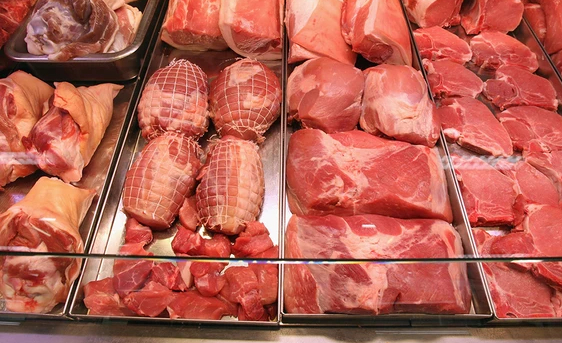
"Beef prices are on the rise, and we're not expecting them to drop anytime soon," says Sylvain Charlebois, director of Dalhousie University's Agri-Food Analytics Lab and Canada's Food Price.
A family of four can expect to pay up to $801.56 more on food in 2025, according to the 15th edition of Canada’s Food Price Report. Produced by Dalhousie University, University of Guelph, University of Saskatchewan and University of British Columbia, the report predicts an annual food expenditure of $16,833.67 and a total price increase of three to five per cent.
Using machine learning, AI models and expert knowledge, the report forecasts that meat will experience the highest increases, at four to six per cent, followed by vegetables and restaurants at three to five per cent, bakery and dairy at two to four per cent and fruit and seafood at one to three per cent.
Researchers expect the cost of some commodities, such as olive oil, to drop but predict that others, namely beef, citrus, cocoa and coffee, will remain high.
Beef prices increased by 9.2 per cent from 2023 to 2024. According to Stuart Smyth, an agricultural professor at the University of Saskatchewan and the report’s campus lead, they will likely stay elevated for the next two to three years.
“The Canadian beef herd is the smallest it’s been since the 1980s,” says Smyth. “Due to the continuation of multiple years of drought and reduced pasture and forage production, farmers are reducing the herd sizes. They simply haven’t got the capacity to carry their full herds.”
At the other end of the spectrum, the report predicts minor price increases for seafood. “We might see more demand for seafood products than we would say for beef or pork,” adds Smyth. He expects people may dine out less often due to rising prices, especially at higher-end restaurants.
Kristina Kupferschmidt, an assistant professor at the University of Prince Edward Island who worked on the report as a doctoral student at the University of Guelph and Vector Institute, also thinks the increased cost of living could result in shifting behaviours. People might reconsider their protein sources, adopting new recipes for local, lower-cost foods they may not have chosen to eat before, such as freshwater fish in landlocked regions or seafood on the coasts.
Roughly half (47.3 per cent) of Canadians choose food primarily for affordability, followed by nutrition at 24.9 per cent. “People are making compromises to get enough food, but they’re not able to prioritize their health the way they were,” says Kupferschmidt.
Quebec and the Maritimes will likely contend with food inflation rates above the national average in 2025. Canada’s Food Price Report doesn’t include projections for the territories, where costs are higher than the rest of the country and food insecurity “is disproportionately worse,” according to a Library of Parliament report.
“In some places, it’s much easier to prioritize buying healthy food,” adds Kupferschmidt. “(In northern communities), it’s essentially impossible for them to do that in a lot of cases. You can see why they would have to prioritize affordability over the actual function of the food.”
The researchers consider climate events (such as drought), exchange and interest rates, labour issues (such as a shortage of truck drivers), new policies (such as changes to the temporary foreign worker program) and the “Trump factor” as potential drivers of price increases in 2025.
Kupferschmidt highlights that the rising cost of food is one piece of a greater affordability puzzle. “It is not necessarily (just) that the price of food is so expensive. It is that people are having to make these really hard decisions based on the current economic climate we’re in.”
Canadians have become more price-aware, with roughly half (48.2 per cent) seeking sales and discounts on groceries, says Sylvain Charlebois, director of Dalhousie University’s Agri-Food Analytics Lab (AAL) and the report’s project lead. Others have found different ways to save, such as switching brands, shopping at cheaper stores and forgoing non-essential food items.
According to HungerCount, more Canadians are turning to food banks than ever before. The Canadian Food Sentiment Index showed that nearly half (46 per cent) of Generation Z draw on savings or borrow money to buy food.
Smyth expects people to continue using “defined strategies” to lower grocery bills, such as coupons and credit card points. Janet Music, the AAL research program coordinator, thinks traditional practices will become even more critical. “All of those tips and tricks your grandmother or your mom might have told you about saving money and not wasting food are still as important now as they were back in the recession,” she says. “We should always try to eat what we buy and buy what we eat.”
GDP per capita dropped for the sixth consecutive quarter, highlights Charlebois. “With no wealth creation, it’s hard to sell more expensive food. So that’s why more stores are turning into discount stores.” He adds that loyalty programs are an effective, yet underused, way to save money. “And, of course, there’s waste. Best-before dates are just a suggestion.”
nationalpost
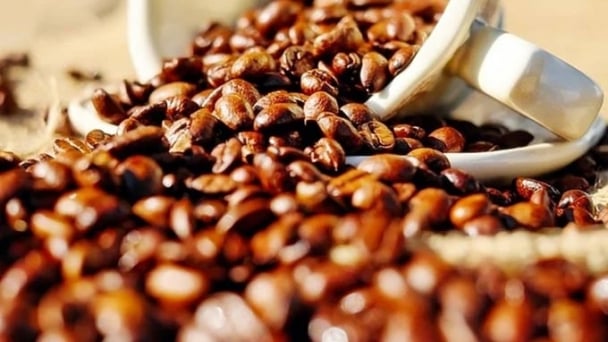
(VAN) Coffee prices on June 20, 2025, fluctuated, with Arabica plunging by 3%. Domestic coffee prices remained flat, trading at VND 103,000 – 103,500/kg.
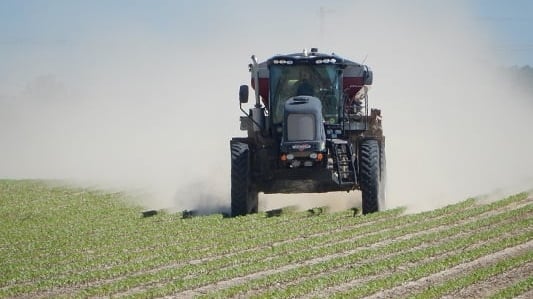
(VAN) The vice president of fertilizer with Stone X Group says increasing tensions in the Middle East are impacting global nitrogen prices.
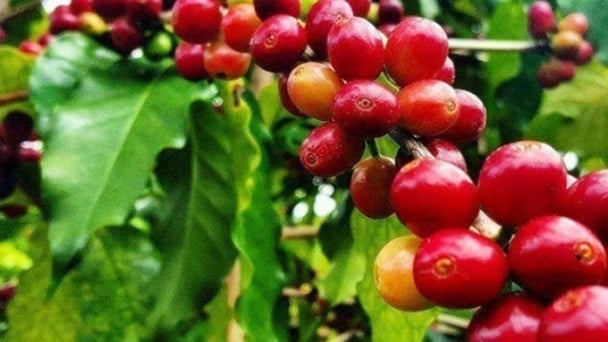
(VAN) Coffee prices on June 19, 2025 dropped globally. Domestic coffee prices dropped by as much as VND 2,300, plunging to around VND 107,100 - 107,700/kg.
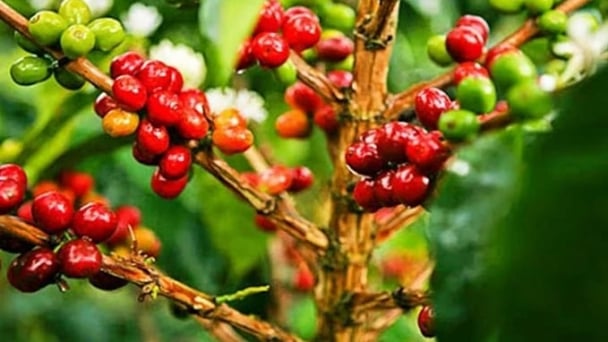
(VAN) Coffee prices on June 18, 2025, declined globally, with Arabica losing about 2.3%. Domestic prices fell by VND 1,600, down to VND 109,400 – 110,000/kg.

(VAN) Japan will release another 200,000 metric tons of rice from its emergency stockpile to tackle a doubling of prices since last year, Agriculture Minister Shinjiro Koizumi said on Tuesday.

(VAN) Coffee prices on June 13 declined sharply for Arabica. Domestic coffee market in Vietnam dropped by VND 2,000, trading at VND 111,500 – 112,300/kg.

(VAN) Coffee prices on June 12, 2025, continued to fall. Domestically, coffee prices decreased by another VND 2,000, trading at VND 111,500 – 112,300/kg.